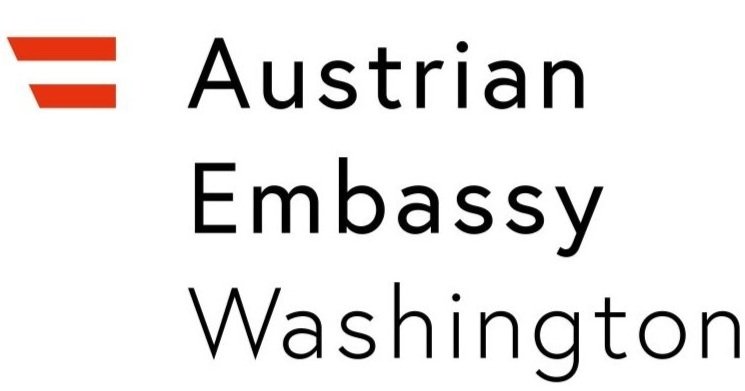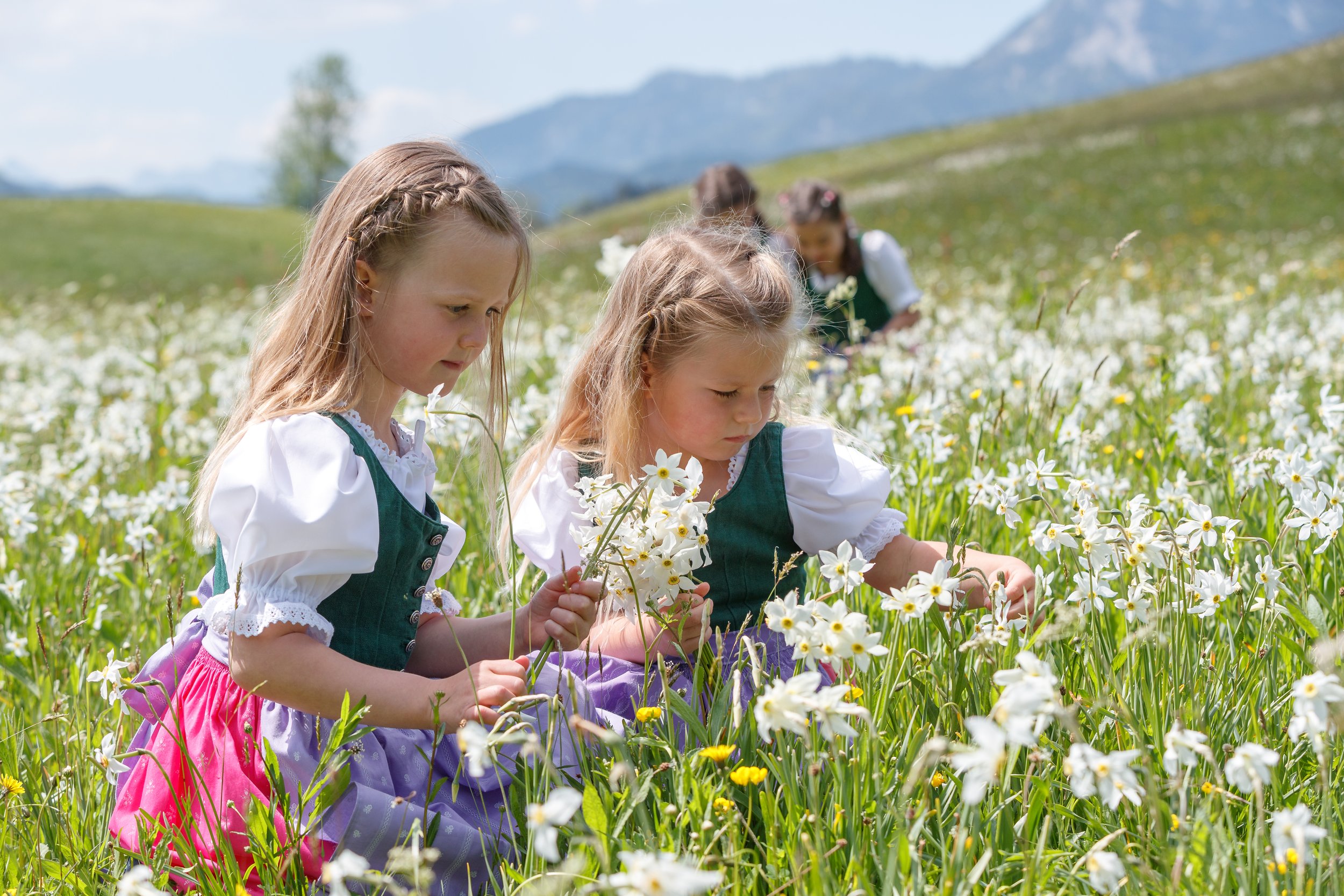
All About Austria
Austria is a parliamentary democracy in the heart of Europe and among the most peaceful and prosperous nations.
Renowned for its natural beauty and culture, the country offers a very high standard of living.
Top image: View towards the Dachstein
Austrian National Tourism Office
Position in the World
Children picking daffodils in an alpine meadow.
© narzissenfest.at / Martin Huber
The end of the Cold War enabled Austria to move from its peripheral position at the borderline between "East" and "West" closer to the centre of a larger Europe. The East-West conflict, which had been the determining factor before the disintegration of the Soviet Union and the consequent collapse of Communism, was replaced by new forms of partnership and cooperation across Europe.
The Political System
Heldenplatz in Vienna. © Pexels / Simon Berger
Austria is a parliamentary republic. The country is governed based on the principles of a representative democracy and the rule of law; the country has been classified as a “full democracy.”
The Economy
Cargo ship. © Pexels / Fatih Turan
As one of the most prosperous and stable EU Member States, Austria offers its investors ideal conditions. The Austrian economic system can be characterized as a free market economy with a strong social focus by also taking into account the weaker members of society. Austria also features a tried and tested system of economic and social partnership, which has traditionally played a strong and reconciliatory role in wage and price policies.
The Alpine lands and the fertile plains of the Danube Valley had already been settled in prehistoric times. Rich deposits of mineral resources, especially salt and iron, facilitated the development of a prosperous Celtic population, which by the 1st century BC had become an important trading partner of the neighboring Roman Empire.
Schönbrunn Palace in Vienna. © Pexels / Adam Tumidajewicz
History
The Welfare State
Austria provides a comprehensive system of social security and welfare schemes. The network operates at two levels. First, there is the principle of insurance, which provides cover for all gainfully employed persons, and to a large extent for their dependents in cases of sickness, accident, unemployment, parental leave, and pensions, and, secondly, there are public welfare benefits made available by the federal, provincial and municipal authorities to citizens in need, who are not covered by the insurance system.
View of Vienna from the Ferris Wheel at Prater park. © Pexels / Anton Uniqueton
The Environment
Upwards view of verdant tree canopy. © Pexels / Felix Mittermeier
In 2019, greenhouse gas emissions in Austria amounted to 79.8 million tonnes of carbon dioxide equivalent (Mt CO2 equivalent).
Emissions were thus 1.5% (1.2 Mt) above the levels of 2018 and 1.8% over those of 1990 – in Austria, thus no emission reduction was achieved compared to 1990.






